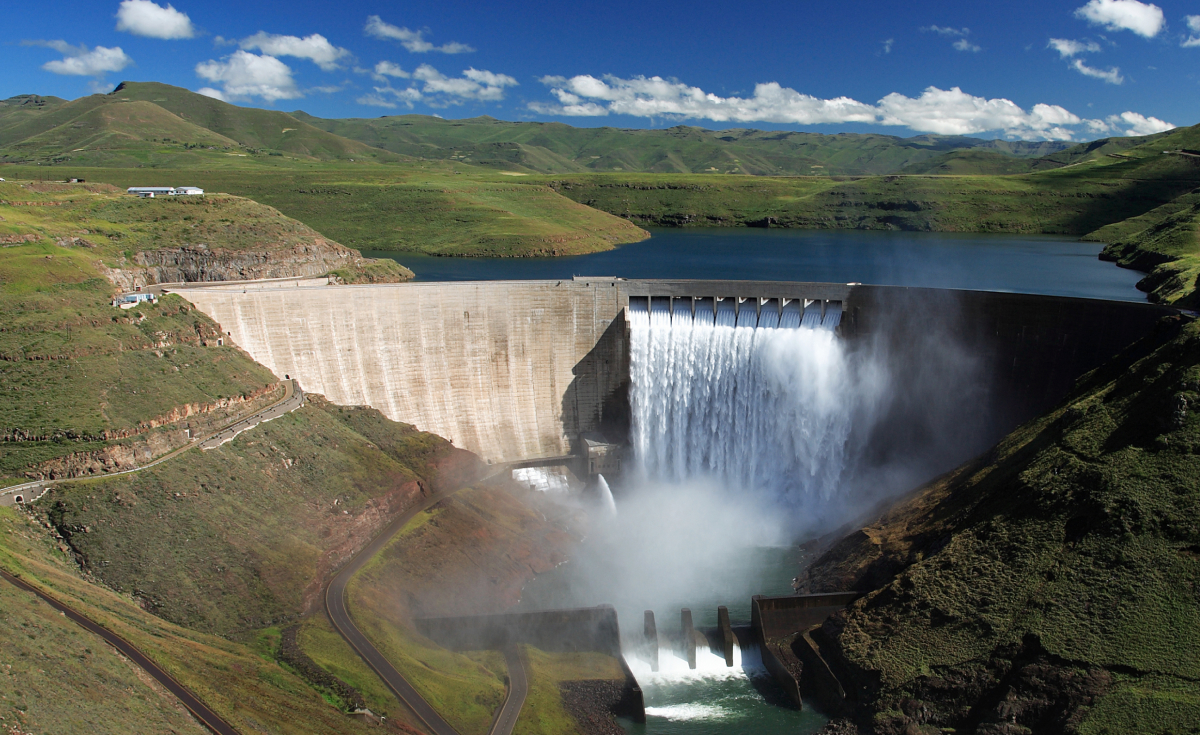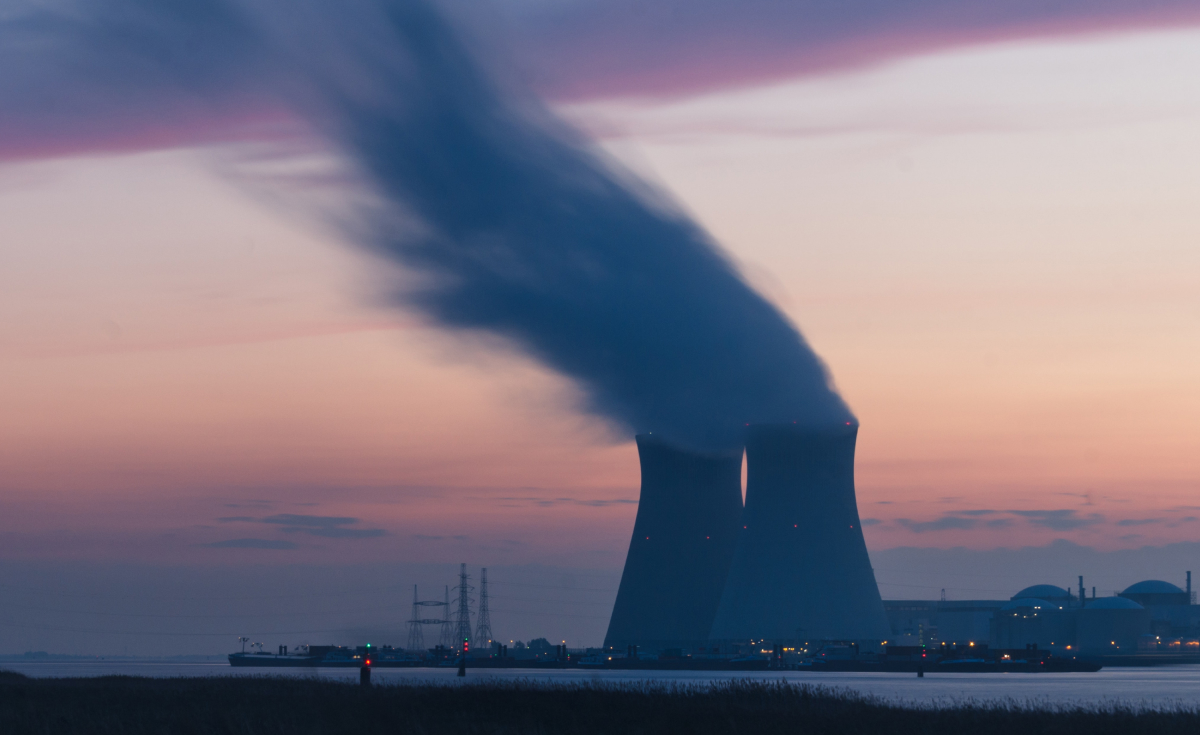Energy Sources Explained
by Charlotte Johnson | 7 May 2020

Renewable Energy Sources
- Wind energy
Wind turbines operate on a simple principle: the wind turns the blades around a rotor, which spins a generator to create electricity. It’s this spinning motion that turns a shaft in the nacelle – which houses the components that convert the kinetic energy into electrical energy. This then passes through a transformer, which steps up the voltage so it can be transported on the National Grid.
The output of a wind turbine depends on its size and the speed of the wind. An average onshore wind turbine can produce more than 6 million kWh in a year – enough to supply 1,500 average households with electricity! After six to seven months, a wind turbine will have produced as much energy as has gone into constructing it. - Solar power
Solar power is energy in the form of light, produced by the sun. It’s generated when light is captured by solar panels, sometimes called photovoltaics (PV), which then reacts with photovoltaic cells to produce an electric current. The electric current can then be fed into the National Grid.
Solar PV electricity is renewable once the installation offsets the carbon emitted during its actual construction. For example, a typical 2.5 kWp system could provide up to 50% of a household’s annual electricity, saving around 1200 kg of CO2 per year and around 30 tonnes over its lifetime! - Biomass energy
Biomass energy is the use of organic materials – that’s things produced in nature – to generate energy. Biomass can produce electricity in a number of ways, but the most common is combustion: burning agricultural waste – like wood, grass and dung – to heat water and produce steam, which spins turbines.
Other forms of biomass energy include biodiesel, bioethanol and biogas – made from fats, fermented plants and sewage and agricultural waste, respectively. Between them, biomass energy represents around 10% of the global energy supply, with 70% of electricity produced from biomass coming from Europe and North America. Biomass is also cheap – you wouldn’t charge a lot for someone taking your rubbish, would you? - Hydropower
Hydropower is power derived from the energy of flowing water. It’s generated by the running, moving or falling water from rivers, the sea’s tides or using larger man-made systems such as dams and reservoirs – better known as Run-of-the-River, Hydropower, Tidal Hydropower and Pumped-Storage Hydropower.
Between them, hydropower accounts for around 2% of Britain’s total electricity supply and 18% of our renewable energy – making it our fourth most-generated renewable energy source after wind power, biomass fuel and solar power. Globally, however, it’s the number one source of renewable energy: accounting for 71% of renewable electricity and 17% of the world’s electricity overall!

Non-Renewable Energy Sources
- Fossil fuel
Fossil fuel is energy produced by the burning of fossilised, buried remains of plants and animals that lived millions of years ago – like coal, crude oil and natural gas (petroleum). Because of their origins, fossil fuels have a high carbon content, which releases pollutants into the atmosphere when burned.
Fossil fuels are easy to obtain, cheap to use and have a high energy density, meaning they produce a lot of energy when burned. But unlike renewable energy sources, the reserves of fossil fuels that still exist today will one day be exhausted. The extraction and burning of fossil fuels is also one of the leading causes of global warming. - Nuclear energy (uranium)
Nuclear power is generated by splitting atoms to release the energy held at their core. This process, named nuclear fission, generates heat that is directed to a cooling agent – usually water. The resulting steam spins a turbine connected to a generator, which produces electricity.
Together with solar and wind, nuclear power has one of the smallest carbon footprints of any energy source. Most CO2 emissions produced by nuclear power plants are released while they’re being built or processing fuel – not while they’re generating electricity. However, the most common fuel for nuclear power is uranium: an abundant metal found throughout the world – so nuclear power isn't considered a renewable energy, given its dependence on a mined, finite resource.
